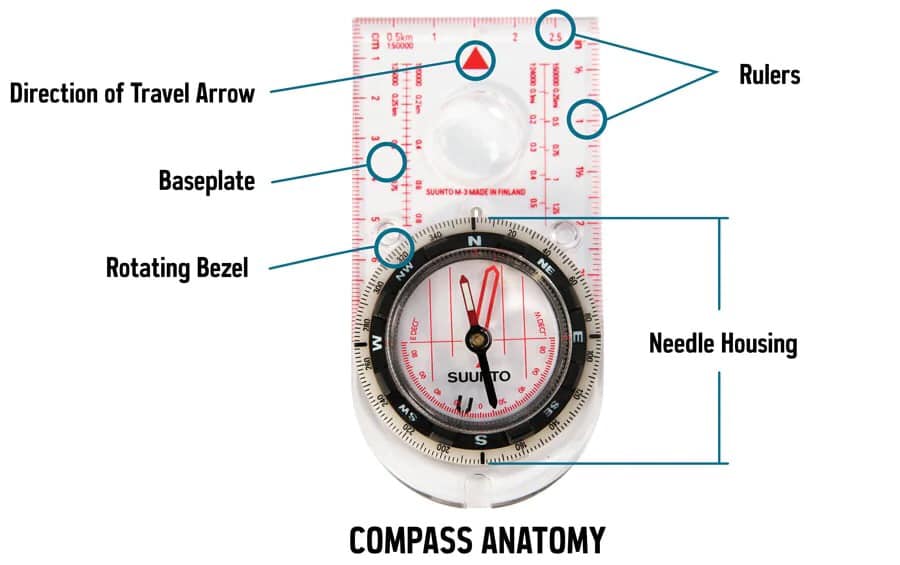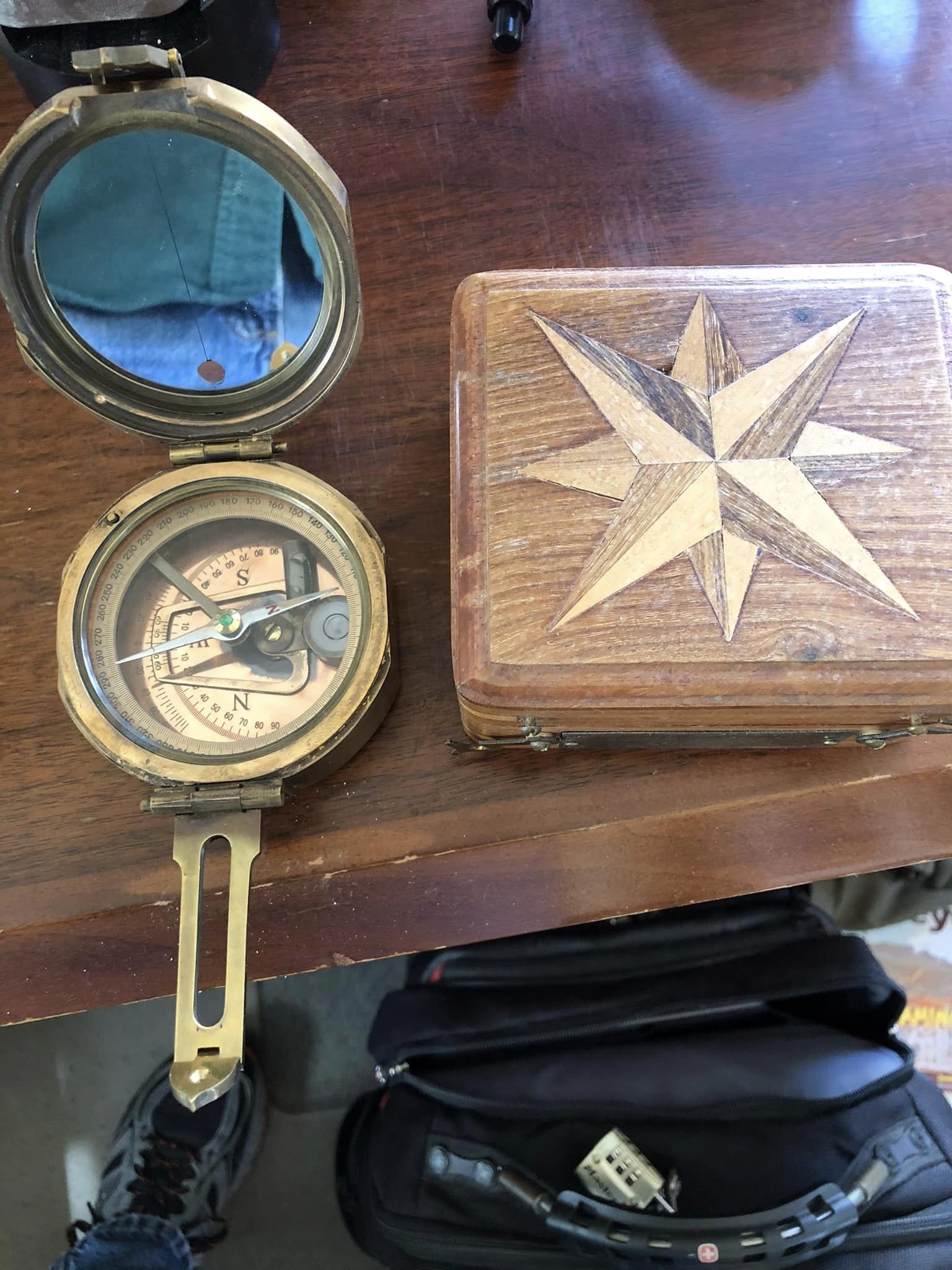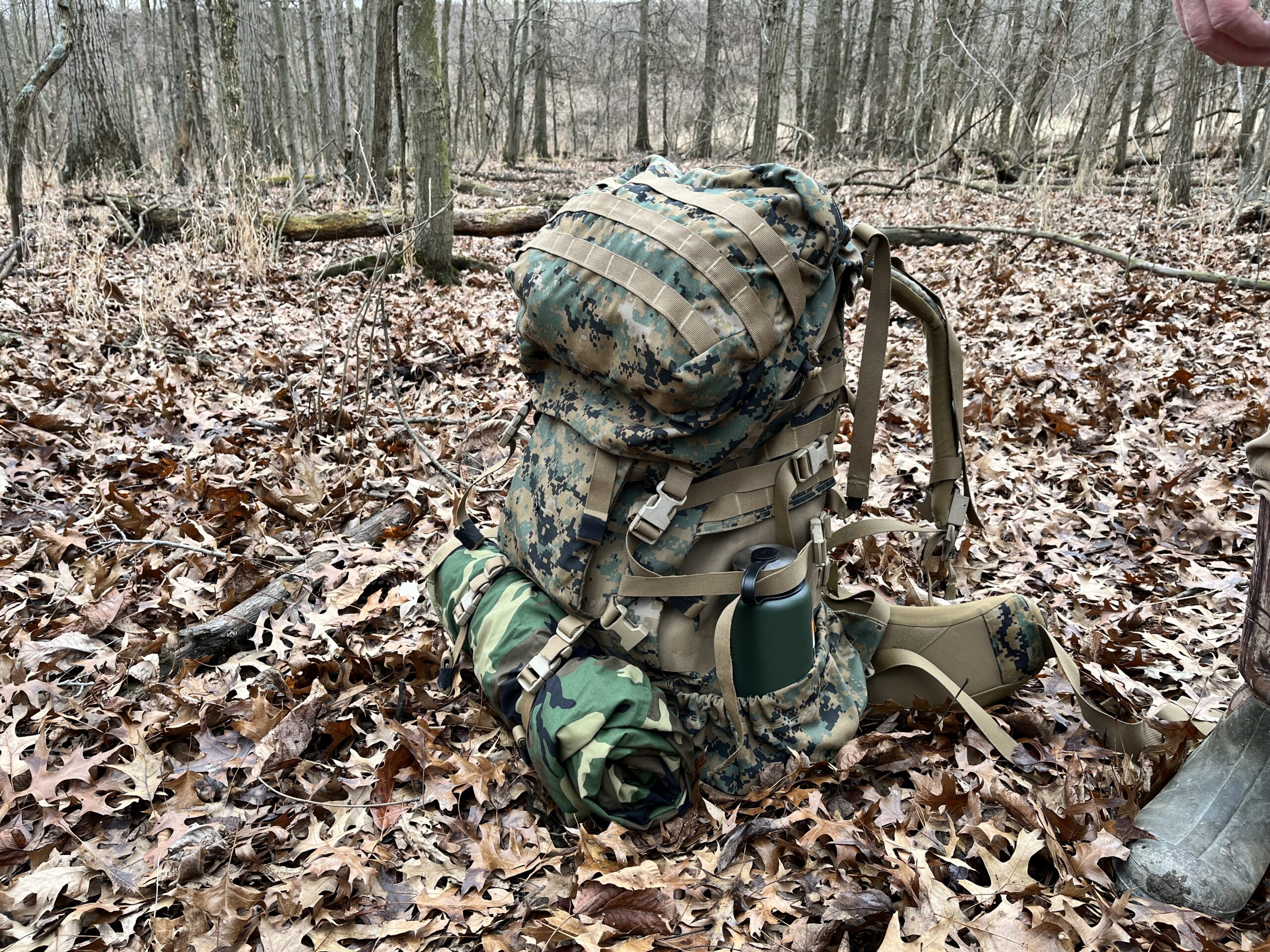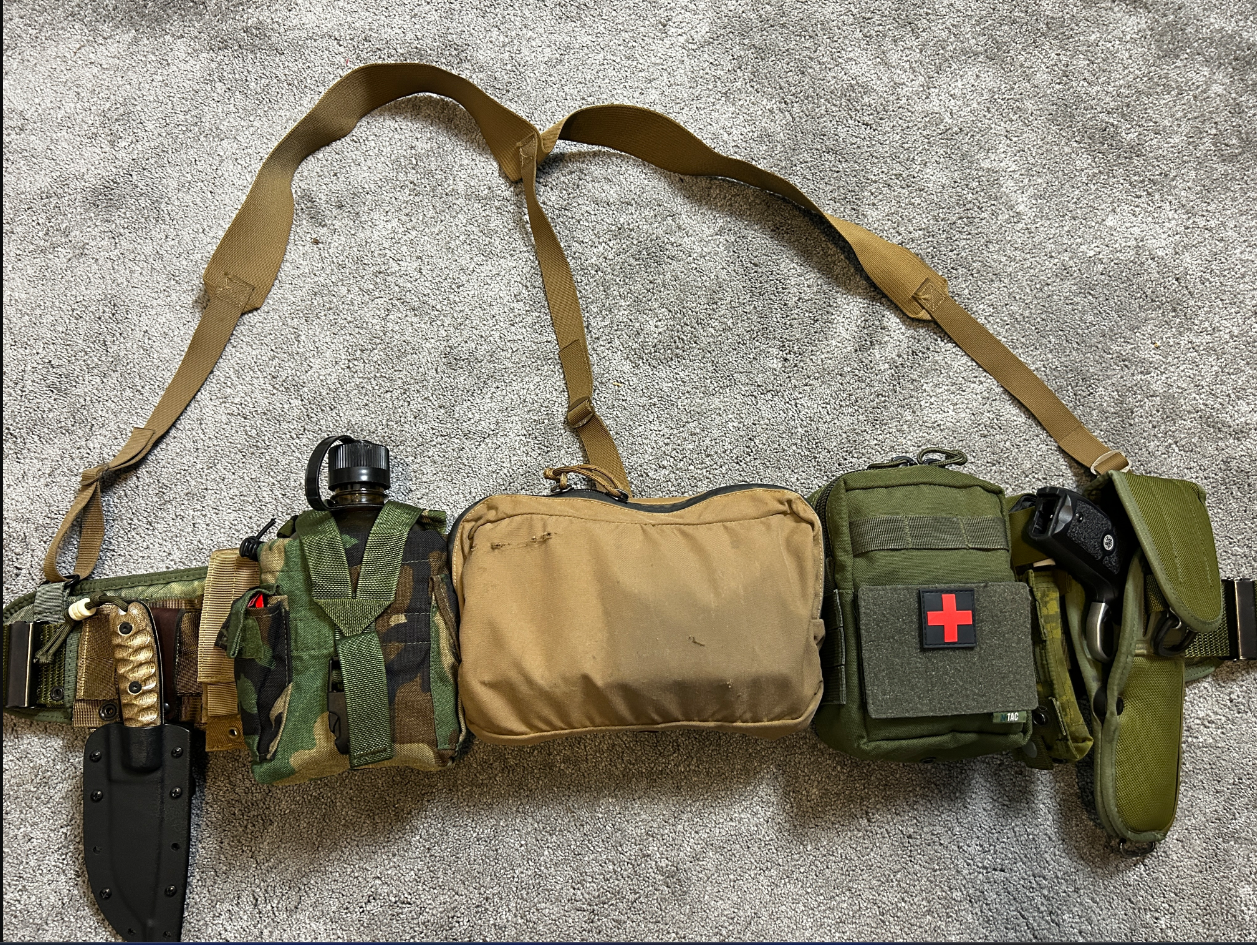Compass Family Photo: I can never have a knife family photo, that would just be embarrassing. Compasses – never embarrassing.
Do you always carry a compass during adventures? Do you worry about cardinal directions only or work in degrees? Do you know there are three North’s? If not, stay with me.
The purpose of a compass is for the red arrow to point North, in the northern hemisphere. That would be magnetic North. We will limit discussion to it but but the opposite is true south of the equator. The magnetic pole moves and is not the true northern point of the planet. That would be True North. Each state or region has an independent grid system and the third north is referred to as Grid North and for all intent and purpose is equivalent to True North. Where I live in New Hampshire, the difference between Magnetic North and True North is 14.5 degrees, to the west. Many compasses have an adjustment to adjust the compass to read True North by dialing the declination into that adjustment. Declination in your area can be found in the marginal data of a local quadrangle map / quad sheet.
By referring to your map, always know what your ‘bailout direction’ or ‘bailout bearing’ is. For example if you are hiking west of Route 125, then your bailout bearing would be 90 degrees north azimuth or due East.
Compass directions are divided into four cardinal directions, North, East, South, and West. These are each divided into half you you get NE, SE, SW, and NW. The full circle is also divided into 360 degrees. A reference to 270 degrees North Azimuth would be referred to as N90W.
We are going to take compasses in several steps. I have attached diagrams of the components of most compasses (REI) and a photo of my favorite compass, the Suunto MC2.
Photo credits to REI, Suunto, and yours truly. More later.
Article courtesy of
Ken Berry







Leave a Reply